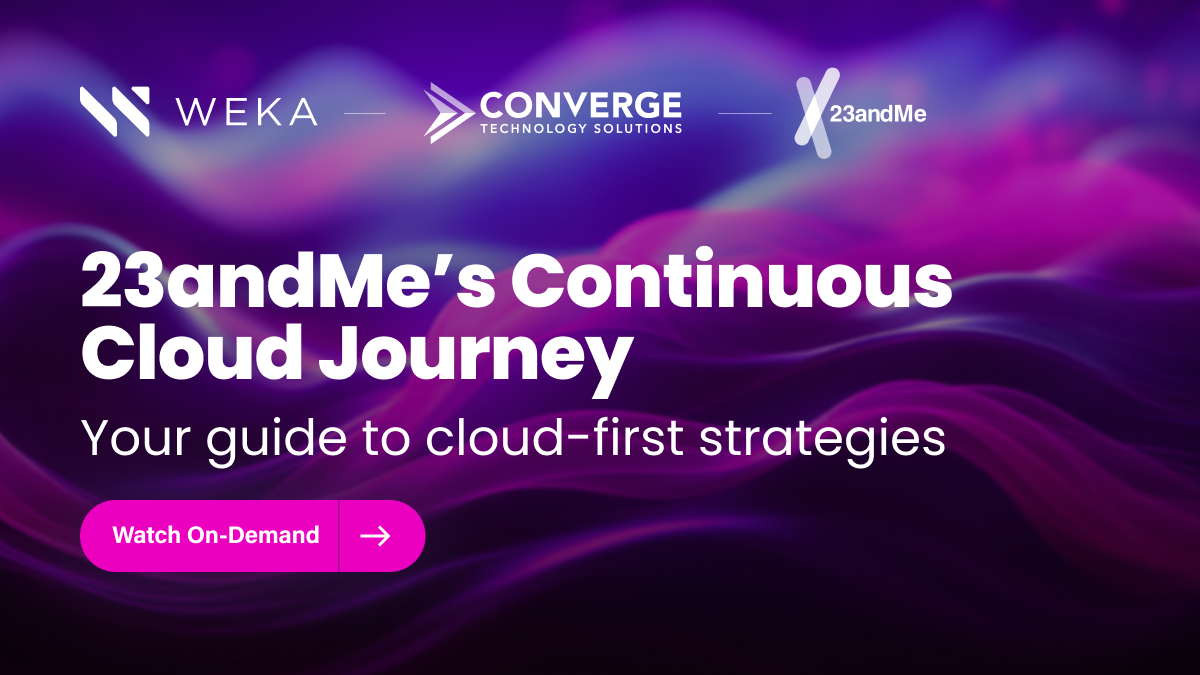Multi-Cloud Data Management: How Does It Work?

According to Gartner, 81% of enterprises use multiple cloud providers to support their IT strategy. Utilizing a multi cloud strategy has its benefits but also challenges. We discuss how to handle data management across multi cloud environments.
What is multi-cloud data management? Multi cloud data management is the set of tools and procedures that allow a business to collect, store, and use data from a combination of multiple cloud computing environments.
What Is Multi-Cloud Data Management?
We’re all familiar with cloud infrastructure. Cloud platforms are large, dynamic, and scalable in terms of handling data and processing information for applications. They serve as the foundation for the most complex applications in the market today.
Generally speaking, there are three different types of cloud infrastructure:
- Public Cloud: Public cloud infrastructure is what we normally think of when we think of the cloud. Different users share the resources and, more often than not, are offered on a monthly service. “Shared,” in this case, means that individual customers will have an instance of their services on a shared set of hardware used by others. Public cloud offers several advantages to businesses, including significant cost savings and scalability due to ease of resource allocation.
- Private Cloud: Conversely, the private cloud can be on-premises or, in some instances, vendor-provided cloud capacity that doesn’t share hardware between different customers. While private cloud space is often costly, it also provides more reliable scaling and resource availability and several benefits to security and resilience.
- Hybrid Cloud: Hybrid cloud is a blend of both public and private resources. Most configurations will include a set allocation of private cloud resources for mission-critical assets with additional public resources that can scale with demand. Hybrid clouds are often deployed for highly variable workloads and serve as the backbone for the practice of “cloud bursting,” or rapidly allocating and deallocating public cloud resources for a project as needed while maintaining a stable private environment.
It’s important to note the differences here because many modern cloud users will rely on hybrid systems to handle complex enterprise workloads. But a hybrid cloud is not a multi cloud setup.
Simply put, any time an organization deploys workloads in more than one cloud, they have a multi cloud deployment. The delineation isn’t so much between private or public cloud environments but rather entirely different providers or vendors. With a multi cloud data management, organizations can take advantage of the varied capabilities offered by cloud provider vendors like Google Cloud Platform, AWS, or Microsoft Azure.
A multi cloud deployment model enables organizations to optimize their workloads using the best capabilities offered by each cloud provider. It also helps reduce the risk of cloud provider lock-in and mitigates cost concerns in the cloud. However, while the core capabilities—such as cloud compute, networking, storage, databases, and developer tools—offered by cloud providers are generally similar, management tools and processes in each cloud are different.
Many organizations deploy multi cloud management tools as a way to mitigate the complexity. Apps and processes that focus on the data stored in multiple clouds specifically are known as multi cloud data management.
Some of the basic components of a multi cloud management platform include the following:
- Multi cloud networking: Ensuring resilient, secure network connectivty between multiple cloud deployments is an early step many organizations take in their multi cloud environment strategy. A strong cross-cloud network strategy ensures workloads spread across multiple clouds can interact securely to support the business.
- Multi cloud security:Deploying workloads across multiple clouds can increase the attack surface to security exploits. A robust end-to-end security strategy is table stakes for any multi cloud strategy.
- Cloud Resource Management: Resource management in different cloud environments is a major source of complexity for most multi cloud strategies. Consistent tools, policies, and processes for deployment, patching, and scaling is critical for success. One of the key elements in a successful multi cloud deployment strategy is employing a consistent set of policy-based guardrails that defines what individual developers can, and cannot do in the cloud. Data Management: Cloud providers offer storage services and data management tools that are optimized for their specific cloud. This ensures great customer experience for applications in each cloud, but results in the creation of new data silos across each cloud. Multi cloud management tools are critical to bridge the silos that arise from multi cloud environments.
What Are the Risks and Benefits of Multi Cloud Deployment Model?
As with any technology, enterprises adopt it because it comes with a certain set of critical benefits that can support that organization’s mission, especially in terms of data-rich, high-performance research and computation.
Some of the benefits of multi cloud management systems include the following:
- Avoiding Vendor Lock: Putting all of your eggs in a single basket has some benefits but can also make you and your operation dependent on that vendor. By using multi cloud management, you can avoid locking yourself into a single cloud provider infrastructure.
- Financial Management: Cost management is a major concern for cloud systems, especially when the need for additional maintenance resources explode. Multi cloud strategy help customers negotiate the best terms with their cloud provider and control long-term costs in the cloud.
Additionally, there are several challenges of multi cloud setups:
- Complexity: Managing multiple cloud systems is significant, and even the best management tools can only reduce it rather than eliminate it. Having great management tools will help you better mitigate the pitfalls of managing such complexity.
- Security: Centralizing security controls is useful in multi cloud, but adopting multiple vendors could open more attack surfaces. You’re relying on multiple companies to manage their own security, so make sure you pick reliable ones.
- Data: When organizations run workloads in multiple clouds, they usually create silos of data to support each application, in each cloud. These disconnected silos of storage typically add costs as copies of data multiply.
- Portability: Most organizations employing a multi cloud strategy deploy disparate workloads in each cloud they use. While portability of a given workload between clouds is desirable to enable greater flexibility, cloud providers offer few, if any, tools to enable portability of a given workload or data between clouds.
Support Robust Multi Cloud Data Management with WEKA
Cloud infrastructure is increasingly the backbone of heavy research and enterprise applications. These applications also increasingly rely on multi cloud infrastructure to maintain availability and scalability under heavy workloads. And as discussed here, managing data and processing access across multiple cloud systems takes a clear focus on the infrastructure, from top to bottom, to help manage operations and costs.
With WEKA you get the following features to enable seamless multi cloud data management:
- High performance data storage native to every cloud provider, including AWS, Azure, Google Cloud, and Oracle Cloud
- Seamless data portability through industry-unique Snap to Object capability
- In-flight and at-rest encryption for governance, risk, and compliance requirements
- Agile access and management for edge, core, and cloud development
- Scalability up to exabytes of multi cloud data storage across billions of files
The WEKA Data Platform also works with Amazon Web Services (AWS), Google Cloud Platform (GCP), Microsoft Azure, and Oracle Cloud Infrastructure (OCI) cloud infrastructures.
Contact our expert team today to learn more about WEKA multi cloud data infrastructure.





